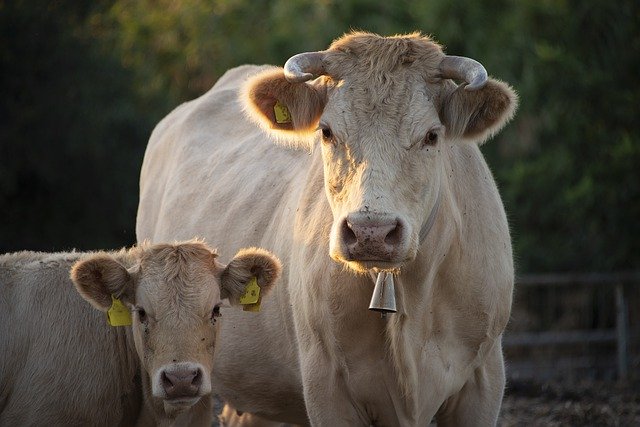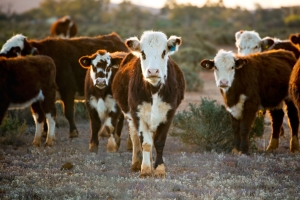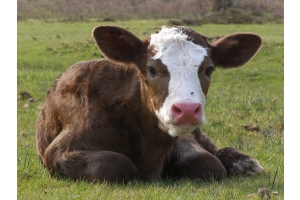The pros and cons of autumn calving

By Joe Gallenti. When and how producers calve their cows has a tremendous impact on the overall quality and profitability of their herds. The main choice is between spring and autumn. Many producers calve their cows in autumn/winter with a tendency in recent years for some herds to calve in early autumn. There’s pros and cons for both seasons. Producers must choose carefully depending on their individual situations, particularly the conditions of their grazing land and access to feed.
When deciding on which season to calve, the health and wellbeing of both the calf and the cow must be considered. According to Agriculture Victoria calving in spring compared with Autumn reduces calf liveweight at 9 – 10 months of age. This is due the spring-born calf spending a few months on dry summer pasture, when it is still quite young, while the autumn-born calf is grazing on plentiful spring pasture. The spring-born calf is often weaned early and given preferential feeding.
It is typically easier to rear better calves in autumn, there are fewer animal health issues and less mastitis and of course a better working environment. The costs, however, particularly in terms of feed in the early weeks and months can be higher.
Costs versus profits
Research from The Agriculture Victoria Livestock Farm Monitor Project (LFMP) on beef cattle herds in Gippsland for eight years, revealed that the average Cost-of-Production (COP) over the eight years was $1.61/kg lwt for autumn calvers and $1.41 for spring. There was little difference in the price received between spring and autumn calvers. On average, autumn calvers did receive 6 or 2.5pc more.
Regardless of which season a producer decides it tends to be more profitable to restrict calving to that period rather than calving over many months or over the entire year. Most producers restrict the mating period to about 9 – 12 weeks, aiming to get as many cows as possible pregnant in the first three weeks. This increase the chance of those cows conceiving again early in the next joining period.
Restrict mating period to 9 – 12 weeks
A restricted calving period enables better and more controlled management of the entire process. If all cows are at about the same stage of pregnancy, supplementary feeding will be more effective. If calving is unrestricted, pregnant cows may well receive more than their requirements, and lactating cows may receive much less than they need during mating.
Extended calving periods mean unnecessarily prolonged demand for supervision at calving, with the result that supervision may become irregular and deaths are more likely to occur.I f all calves are of a similar age, procedures such as marking and weaning can be done at the same time for the entire herd. Record keeping can be simplified and labour requirements reduced.
Short calving periods result in more even lines of calves being available for sale and this can increase total returns. Another system is twice a year mating. This may be of use to producers with an extended calving period who wish to reduce the spread of calving. One group could calve in autumn and the other group in spring.
The important thing to remember is that whichever system is adopted the cows should be managed so that they calve at the same time each year with as short a calving season as can be managed.








